The Monitor Gallery dedicates, in its venues in Rome and Pereto (L’Aquila), a double event featuring Nicola Samorì (Forlì, 1977), one of the leading contemporary Italian artists. In Rome, from Oct. 1 to Nov. 26, the solo exhibition Roma (manuale della mollezza e la tecnica dell’eclisse) is on stage, where the artist’s very latest productions are on display, with some interesting new works, and in Pereto, from Oct. 2 to Nov. 14, Samorì himself is curator of the exhibition Senza Figura, a group show in which, in addition to Samorì himself, Pierpaolo Campanini, Chiara Lecca, and Enrico Minguzzi are also participating, with works by a master of Italian informal art, Mattia Moreni.
The Roman show, the artist explains, “is my first exhibition that takes a vacation from the museum and presents forms that have no roots in picture galleries.” In fact, the Monitor Gallery reveals to the public the presence in Samorì’s images of a genetic code independent of the strand to which his production has been most frequently traced over the past decade, with a body of unpublished works that may at first glance create bewilderment in those accustomed to his art, but which actually see aspects already in nuce in other, more recent works enhanced. “What is left of my work when it is wrested from quotation, when it has to stand solely on the feet of invention?” This is the question from which the exhibition starts. The answer: "Without the skeleton of the museum ghost, the form becomes soft, and what is written in the first room of the Rome gallery is precisely a kind of "manual of softness.“ A marble body curves until it sags in on itself, turning into an unfolded banner, and bringing out that category that an artist I admired ? Leonardo Cremonini ? considered evil. For the Bolognese painter, in fact, everything was played out in theoscillation between the hard and the soft, excluding that state of the soft, by its nature unstable, which instead fascinated me even as a boy, when I listened to him at the Academy in Bologna.”
In the room dedicated to the manual of softness the artist thus stages a history of the soft through a series of works that interpret its meaning. More than twenty drawings prepare for the marble The Tongue, which defies the resistance of the stone by bending to the extreme limit imposed by the material and referring in form to the vast archway that characterizes the exhibition room. This eulogy of the soft reverberates in the twin faced high reliefs that act as a trait dunion between the two rooms of the exhibition: like a juxtaposition of positive and negative, one is made of white marble and one of black marble from Belgium. Originating from the cast of the small painting Dolorosas, 2015 (and here Samorì uses as a source not the museum, but his own repertoire, in a kind of parthenogenesis) they fossilize in stone the softness of the folds that in the pictorial source are achieved by draining oil pigment with the palm of the hand.
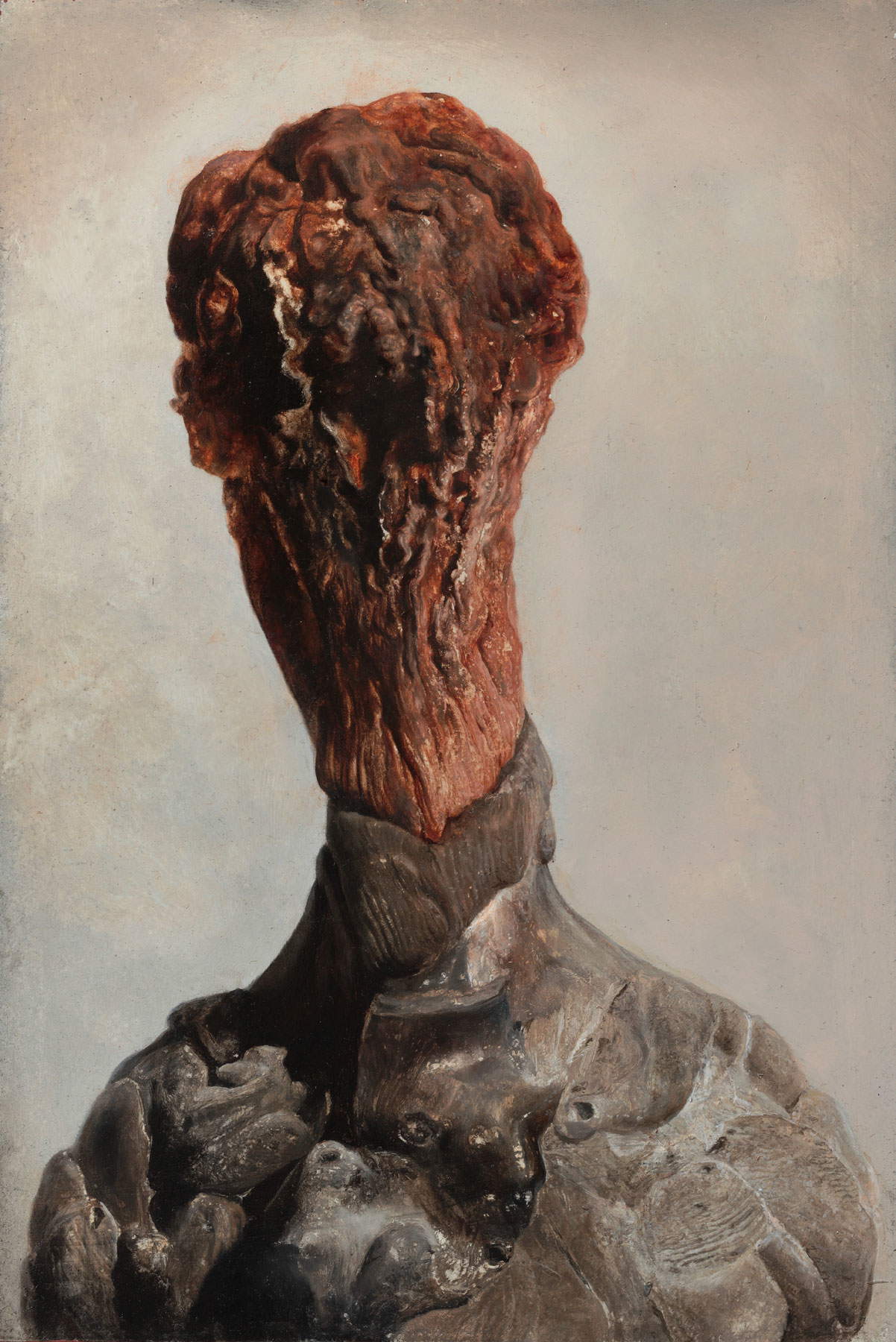


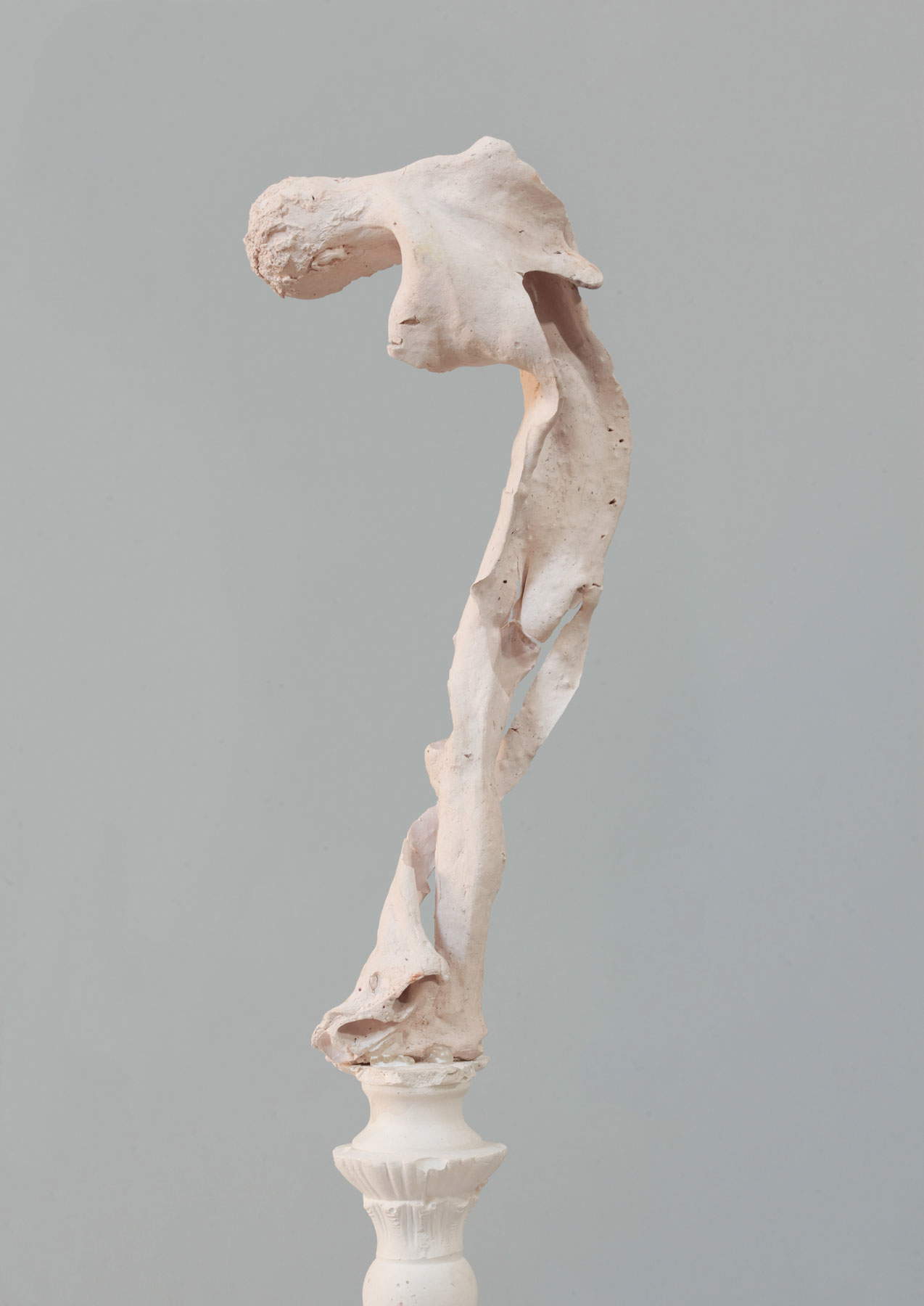
Counterbalancing the breviary of softness is the installation La tecnica delleclisse, which stands out on one of the walls of the gallery’s second room. Arranged as in an antique picture gallery, about fifteen paintings belonging to his early production are aggregated, which Samorì chooses to blind by subjecting them to an alchemical process of discoloration and obscuration. Each canvas is covered with a copper leaf, then repeatedly oxidized with sulfur through successive washes that consume the metal and bring to light the only ghost of the image. A sampler of gestures where the body of the pigment prevails over the burden of the iconography:“ What remains,” the artist explains, “are eclipsed shreds that write a history of my training through relief.” In the fine line between painting and sculpture is a faithful translation in black marble from Belgium of a palette used by the artist to create part of the works in the exhibition, in which the softness of pigment crystallizes in stone. From stone palette to painting on stone is a short step, as evident in the two still lifes painted on Breccia di Vendôme entitled Slaughterhouse. The flowers are constructed by exploiting the chromatic stains of the mineral surface, which at times resemble flesh tones, a new allusion to the never resolved conflict with the body. Samorì thus brings out the flowers made stone by painting around them the backdrop against which they stand out, in a spare technique.
In Pereto’s Senza figura exhibition, still lifes introduce the subjects chosen for the occasion by Samorì, who invited artists close to him in research, dialogue and shared experience. Chiara Lecca (Modigliana, 1977), Enrico Minguzzi (Cotignola, 1981), Pierpaolo Campanini (Cento, 1964) and Mattia Moreni (Pavia, 1920 - Brisighella, 1999) take nature head-on, confronting it in a confrontation that is anything but pacified and fluid, interested rather in its ambiguity, its semantic implications, the distortions of forms that take place in the balance between contemplation and collision. Senza Figura is also meant to be a self-censorship, a collection of paintings and sculptures that exclude the presence of the body, the most recurrent theme in Nicola Samorì “s work. The path of the ”in-natural" is opened in the exhibition, chronologically, by a painting by Mattia Moreni from 1970, Lagonia dellanguria allunata su fur, one of his famous “non-angurie” where the body of the fruit is scarred by a split, an evocation of the female sex that would later become the protagonist in his immediately subsequent representations. This semantic ambiguity runs through all the works in the exhibition, where the relationship with the natural is never didactic. In Pierpaolo Campanini, the daily and stubborn confrontation with a shred of nature results in a sort of transfiguration of foliage, burned by flashes that in Enrico Minguzzi’s painting become fluorescent resins that welcome a nature in the form of pure mental expulsion, deprived of any support to the hanger of realism. In Chiara Lecca, the presence of the animal fragment optically trespasses into other realms: the alabastrine bubbles that swell like Moreni’s watermelons are actually animal bladders, just as the cut flowers are taxidermied rabbit ears. False flowers, like those portrayed by Samorì in the oil on Breach of Vendôme according to nature, since they were not painted, but rather as found on stone and forced to take shape through the siege of color that threatens their perimeters while revealing them.
The exhibition is accompanied by a critical text edited by Davide Ferri. Open: Rome Tuesday to Friday from 1 to 7 p.m., Pereto Saturday and Sunday from 3 to 7 p.m., outside these hours by appointment by booking at monitor@monitoronline.org. For info visit the gallery website.
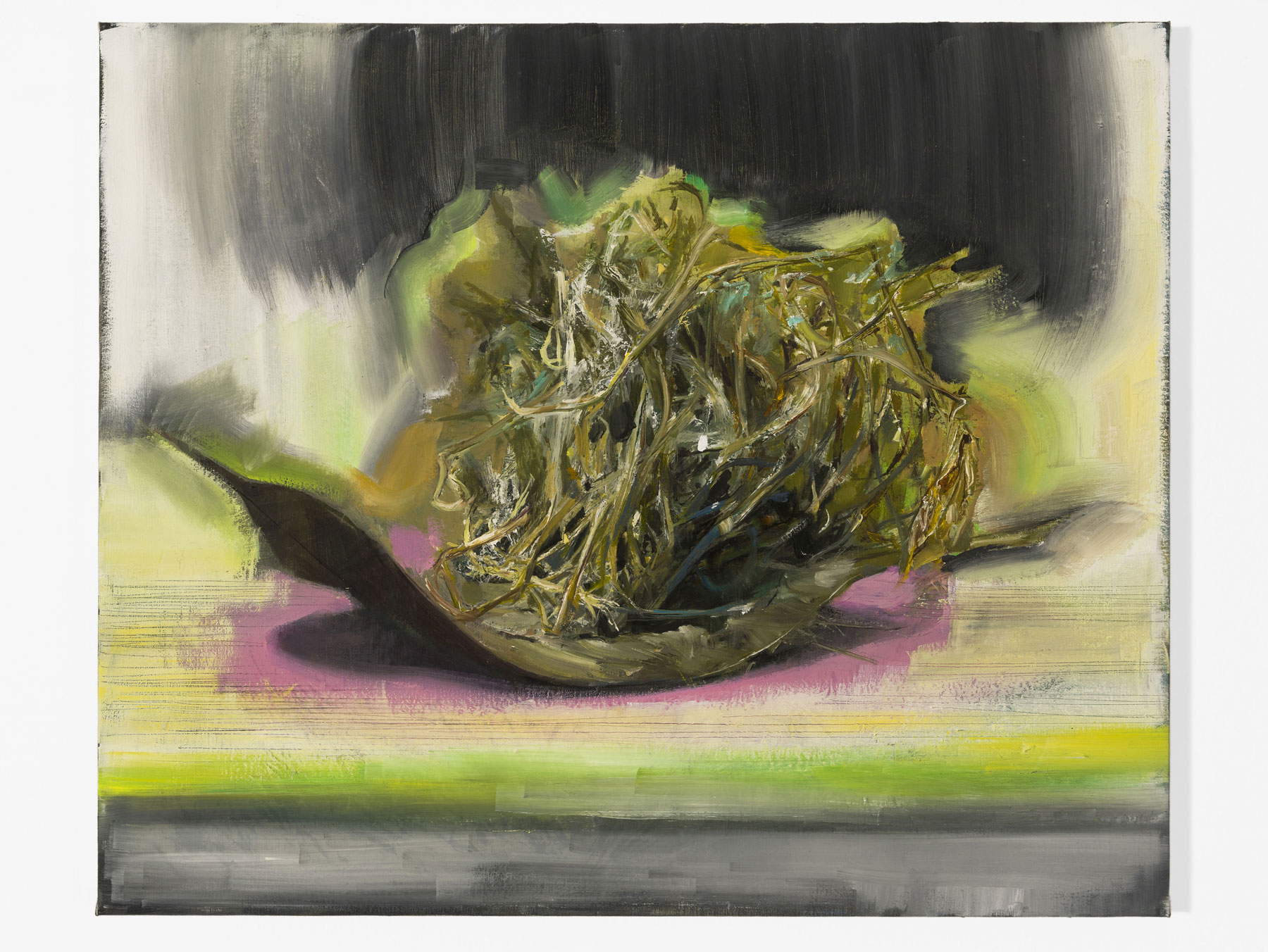

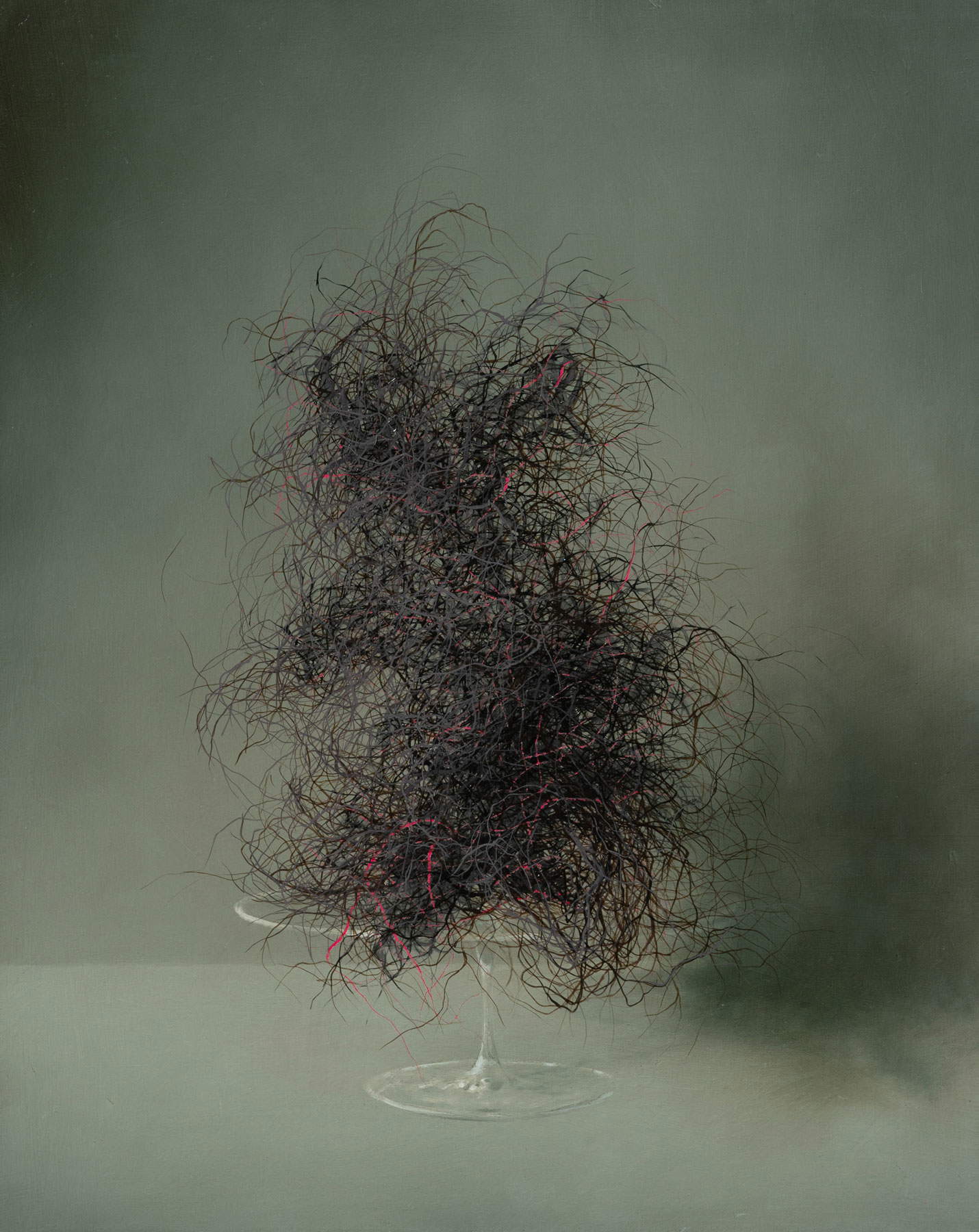
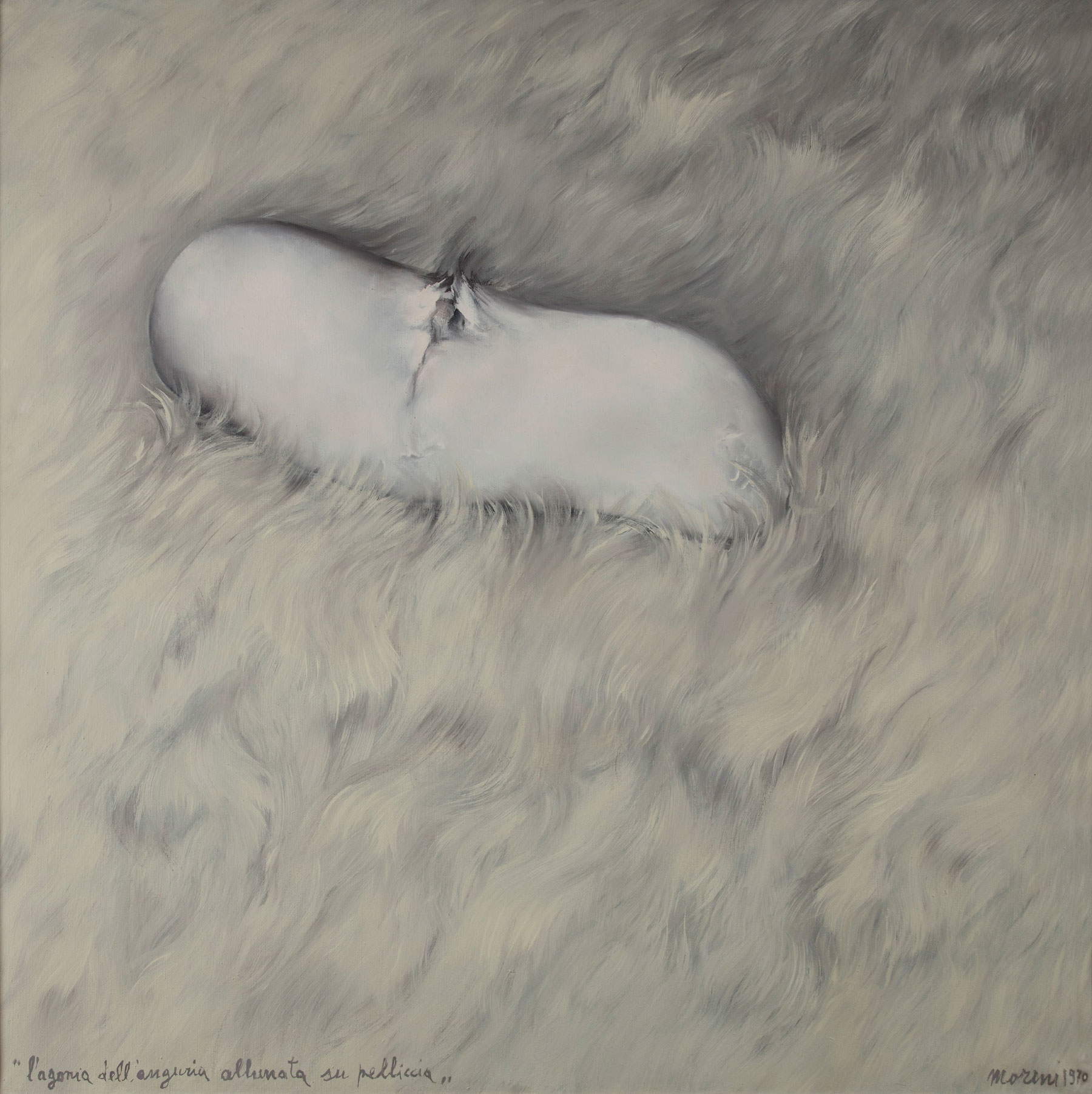
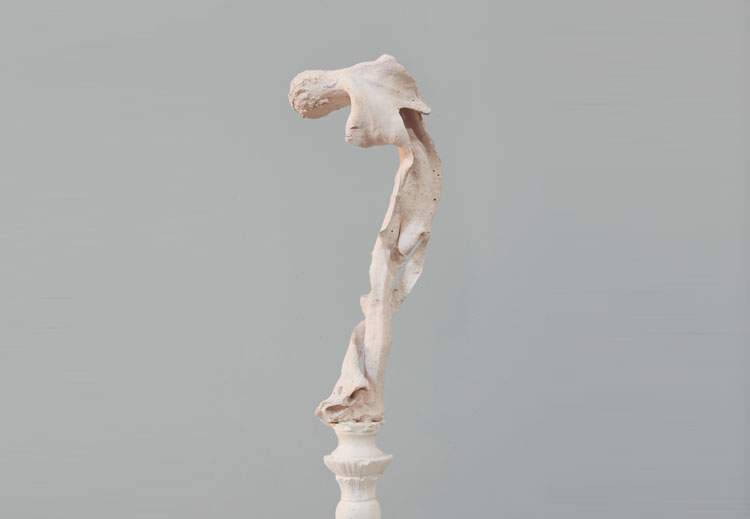 |
| The Monitor Gallery exhibits the latest and newest productions of Nicola Samorì |
Warning: the translation into English of the original Italian article was created using automatic tools. We undertake to review all articles, but we do not guarantee the total absence of inaccuracies in the translation due to the program. You can find the original by clicking on the ITA button. If you find any mistake,please contact us.